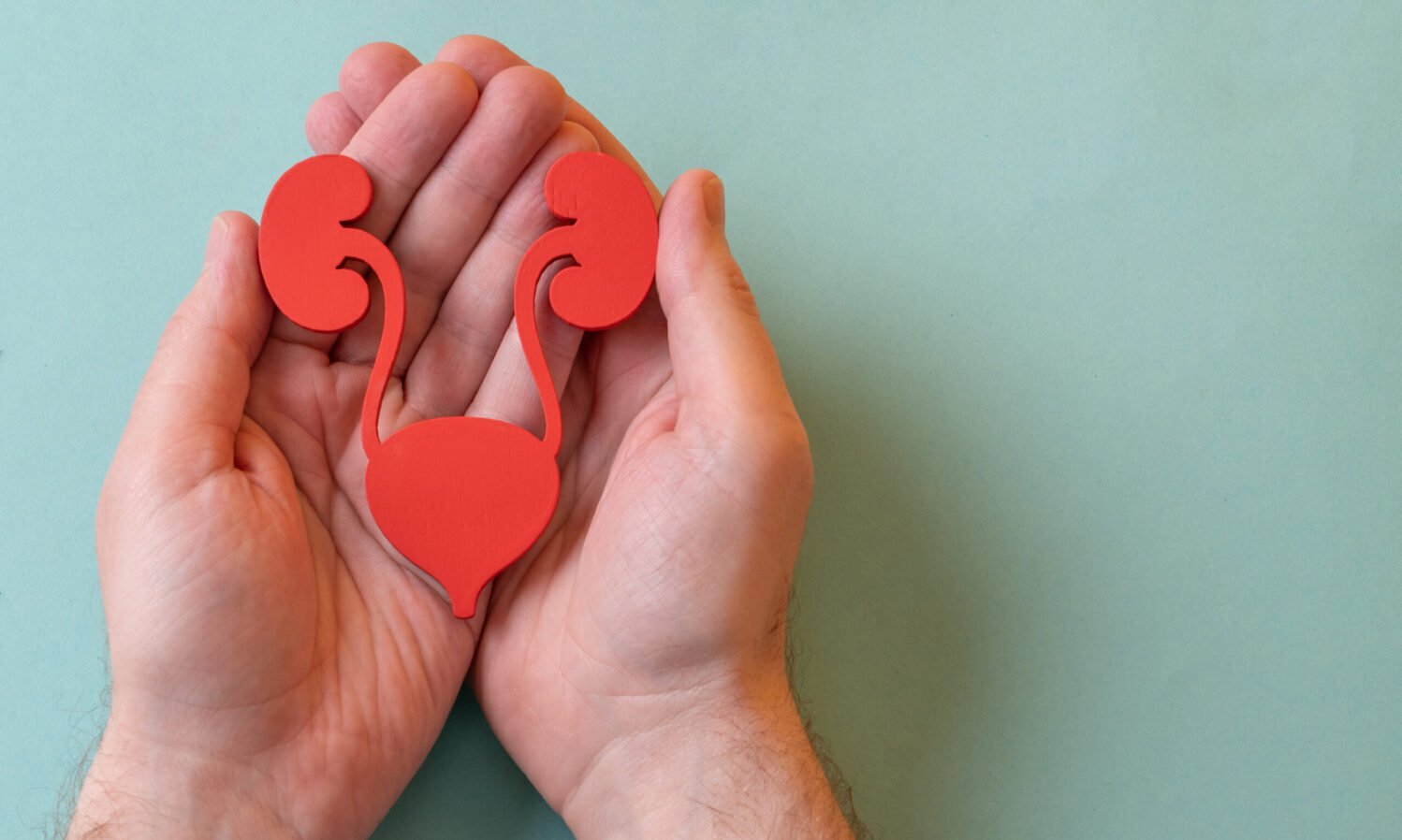Management of Incontinence
Urinary incontinence can occur in people of all ages or sex and can be due to many factors such as illness, disability, developmental issues, neurological issues, or aging. When it comes to urinary issues, they can usually be categorized into five different incontinence types based on the root of the problem. The five incontinence types are stress, urge, overflow, functional and mixed urinary incontinence.
Learning what type of incontinence you are experiencing will help determine how to manage it. Managing your urinary health will allow you to feel more in-control and comfortable on a day-to-day basis. So, what exactly does each type of incontinence intel? Read below to find out more information on each reason urinary incontinence may occur.
INCONTINENCE TYPES
1. STRESS URINARY INCONTINENCE
The involuntary loss of urine during physical activities, like laughing, jumping, sneezing or lifting heavy objects. It occurs when the muscles that support the urethra are weakened or damaged. This can happen for a variety of reasons, including:
Childbirth
Trauma
Hormone Changes/ Menopause
Obesity
Pelvic surgery (Hysterectomy)
Diabetes
Prostate Cancer/ Enlarged prostate
Uterine Prolapse
2. URGE URINARY INCONTINENCE
The unintended loss of urine due to an involuntary bladder contraction. Patients often describe Urge Urinary Incontinence as needing to go even if they just went. It’s often associated with an overactive bladder.
3. OVERFLOW INCONTINENCE
You experience frequent or constant dribbling of urine due to a bladder that doesn’t empty completely.
4. FUNCTIONAL INCONTINENCE
A physical or mental impairment keeps you from making it to the toilet in time. For example, if you have severe arthritis, you may not be able to unbutton your pants quickly enough.
5. MIXED URINARY INCONTINENCE
Involuntary bladder leakage associated with a combination of both urge and stress urinary incontinence.
DIAGNOSIS
If your experiences do not fit under any of the five incontinence types, you may require a diagnosis. Your healthcare provider may first begin with a questionnaire to determine the root cause of your urinary incontinence. After further discussion has occurred, they may do physical testing as well such as:
Urinary pad test: You wear an absorbent pad(s) for 24 hours at home. Your provider weighs the pad after use to determine the volume of leaked urine.
Urinalysis: This test checks for signs of infection in a urine sample. Urinalysis can help determine if you have a urinary tract infection (UTI) or blood in your urine (hematuria). These signs may indicate a different problem.
Bladder scan: A brief ultrasound in your healthcare provider’s office to make sure you are emptying your bladder when you pee.
Ultrasound: A pelvic or abdominal ultrasound assesses the health of the bladder, kidneys and other organs.
Cystoscopy: During a cystoscopy, your provider uses a scope to examine your urinary tract.
Urodynamic testing: This group of tests gauges how well your urinary system holds and releases urine. Urodynamic testing includes a post-void residual urine test. The test measures how much urine is still in the bladder after you pee.
MANAGE YOUR INCONTINENCE
The good news is that there are products to help ease any consequences of incontinence and management of incontinence is possible with the right resources and products and they may even be covered by your insurance. At Sentido Health, we offer a wide variety of Incontinence products such as youth and adult briefs, youth and adult pull-ups, diapers, liners/inserts, under-pads, and wipes. (To see a full list of our incontinence products, click HERE).
If you or someone you know needs incontinence supplies, please reach out to Sentido Health at (713) 955-2123 or click HERE. We would be more than happy to help!
OUTSIDE RESOURCES:
https://www.mayoclinic.org/diseases-conditions/urinary-incontinence/symptoms-causes/syc-20352808

